We’re always on the lookout for simple swaps that can make a big difference in creating a healthier home, and when it comes to the kitchen, few things are as essential – and as overlooked – as your chopping board.
We’re thrilled to share this insightful article from Sarah at LowToxinRabbit.com. Sarah is an absolute wealth of knowledge when it comes to low-tox living, and we always learn so much from her thoughtful, practical advice.
In this piece, she dives into why choosing a non-toxic wooden chopping board is such an important step toward a healthier kitchen. After all, our cutting boards come into direct contact with the food we eat, and if they’re made with harmful materials, those toxins can end up in our meals and our bodies.
Sarah reminds us that low-tox living doesn’t mean throwing everything out — it’s about making smarter choices as we replace the everyday items we use most. If your cutting board is due for an upgrade, this is a must-read!
The trick to maintaining a low-toxin home isn’t about overhauling everything at once, it’s about making better choices when it’s time to replace items we use frequently. If your cutting board is due for an upgrade, here’s what you need to know about non-toxic options.
From Sarah …
Why Choosing a Non-Toxic Cutting Board Matters?
Ingesting toxins through food contact surfaces poses a significant health risk. Chemicals found in some cutting boards can disrupt our endocrine system, leading to hormonal imbalances and various health problems. By opting for a non-toxic cutting board, we can minimise our exposure to these toxins and look after our health.
Toxic Cutting Board Surfaces You Should Avoid
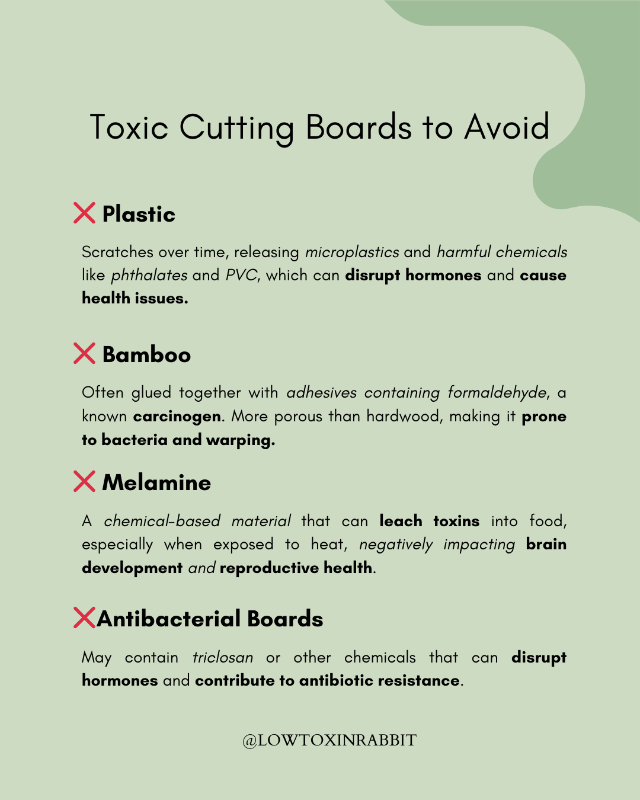
Plastic
Plastic is widely used because it’s affordable and easy to clean, but it has major downsides. Over time, plastic boards get scratched, increasing your exposure to harmful chemicals like phthalates and PVC compounds. These chemicals are linked to endocrine disruption, reproductive harm, allergies, and even asthma. Microplastics from cutting on plastic boards can also make their way into your food, posing long-term health risks.
Bamboo
Bamboo is often marketed as an eco-friendly choice, but it’s not the best option for a toxin-free kitchen. Most bamboo cutting boards are made by fusing small bamboo particles with adhesives that often contain formaldehyde, a known carcinogen. Additionally, bamboo is a grass rather than a hardwood, meaning it is more porous and can absorb moisture, leading to bacterial growth and warping over time. While untreated solid bamboo may be a safer option, it’s difficult to find and does not offer the same durability or antimicrobial properties as hardwood.
Antibacterial Surfaces
If a cutting board is labelled “antibacterial” or “prevents odours,” it likely contains chemical antibacterial agents like triclosan, which can disrupt hormones and contribute to antibiotic-resistant bacteria. These chemicals can leach into food and have been linked to health issues, including thyroid dysfunction and increased allergy risks.
Melamine
Melamine is a chemical compound used in kitchenware that negatively affects brain development and reproductive functions. It’s often found in budget-friendly cutting boards, but due to its toxicity, it’s best to avoid it for food preparation. Melamine resin can leach chemicals into food, especially when exposed to heat, posing long-term health risks.
What is the Best Non-Toxic Cutting Board Material?
Hardwood Cutting Boards
Hardwood is the best material for a safe, durable, and naturally antibacterial cutting board. A well-maintained hardwood board resists deep knife grooves, preventing bacteria from becoming trapped. People often think wood harbour bacteria, but this is not the case. A study from the University of Wisconsin found that wooden cutting boards harbour fewer bacteria than plastic ones, as bacteria tend to die off more quickly on wood. The study compared 7 different types of wood chopping boards to plastic when it came to bacteria being on the boards, in all 7 cases of the wood, the bacteria died within 3 minutes, whereas it did not die on the plastic.


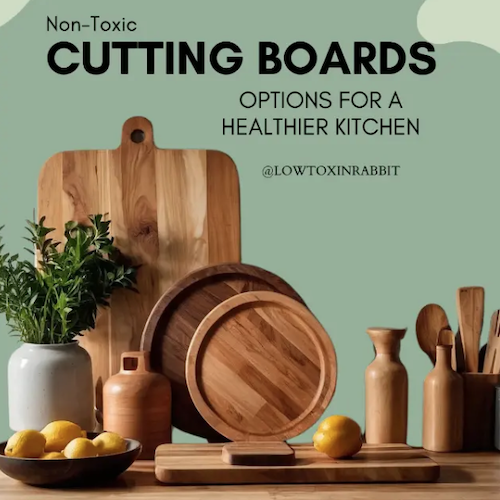

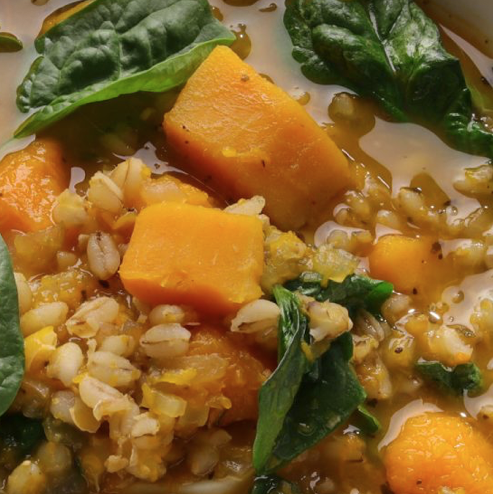
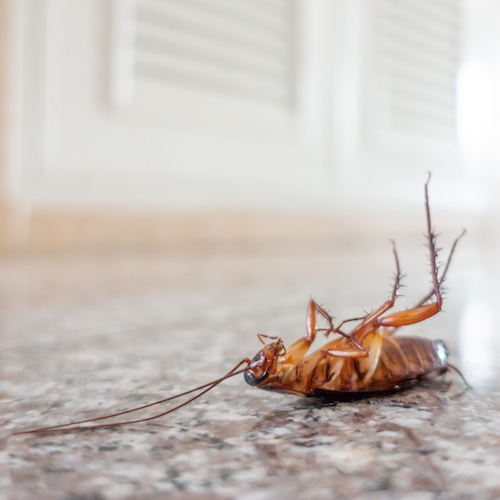
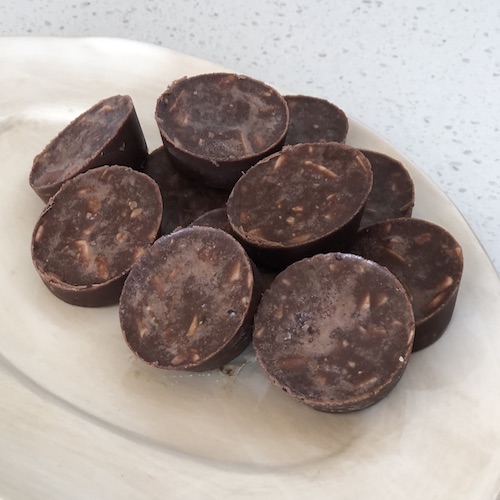
About The Author: Triona Backup
More posts by Triona Backup